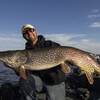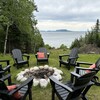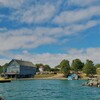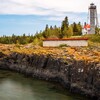
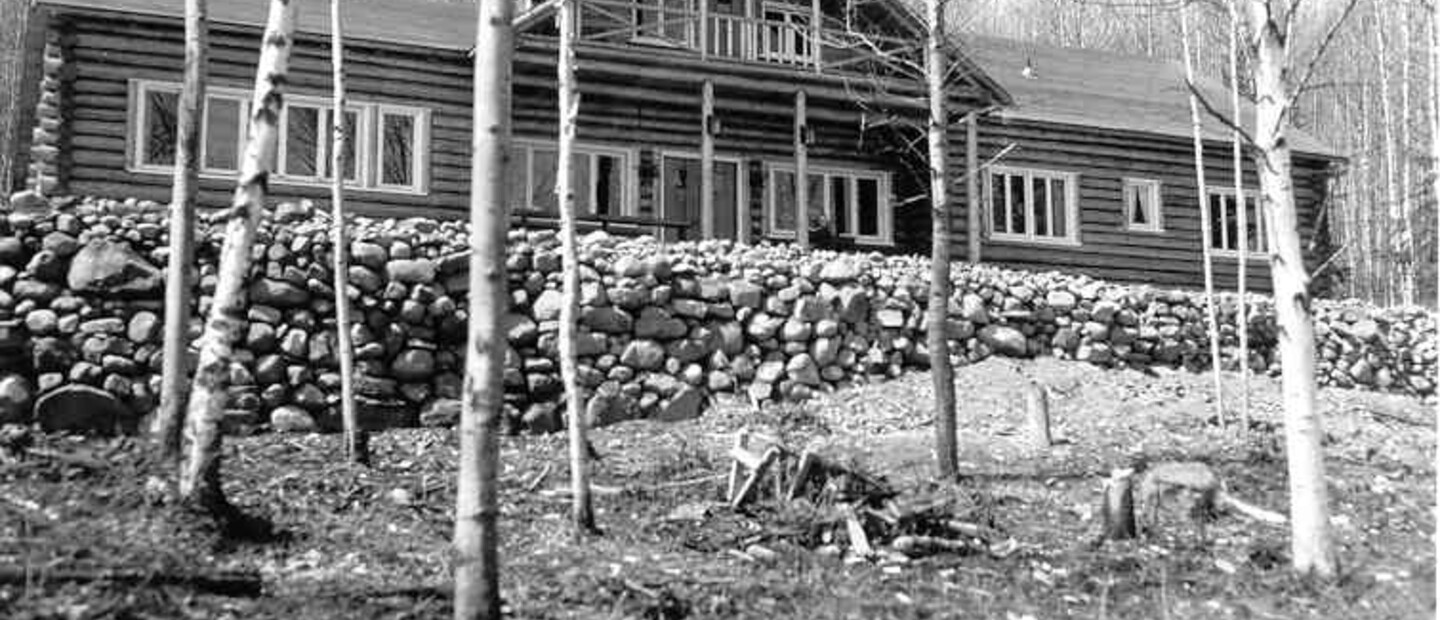
A Historic Lodge in Red Rock, Ontario
An eagle soaring over Red Rock, Ontario in 1937 would have seen vast expanses of boreal forest, tall rocky cliffs and flat-top mountains, the seemingly endless stretch of Lake Superior’s waters dotted with islands—and a tiny townsite and a clearing for a new paper mill. Perched on the hill overlooking Lake Superior was another tiny clearing in the wilderness: the site of the Quebec Lodge. The Lodge, built by the Lake Sulphite Pulp and Paper Company, was intended the wilderness vacation playground for mill executives.
That lodge, now simply called The Lodge at Red Rock, still stands today, part of the history and heritage of the beautiful, wild Red Rock region in Northwestern Ontario. Read on to discover more about The Lodge’s nearly nine decades of rustic luxury—and book your own log cabin vacation today.
Early Days of The Lodge at Red Rock
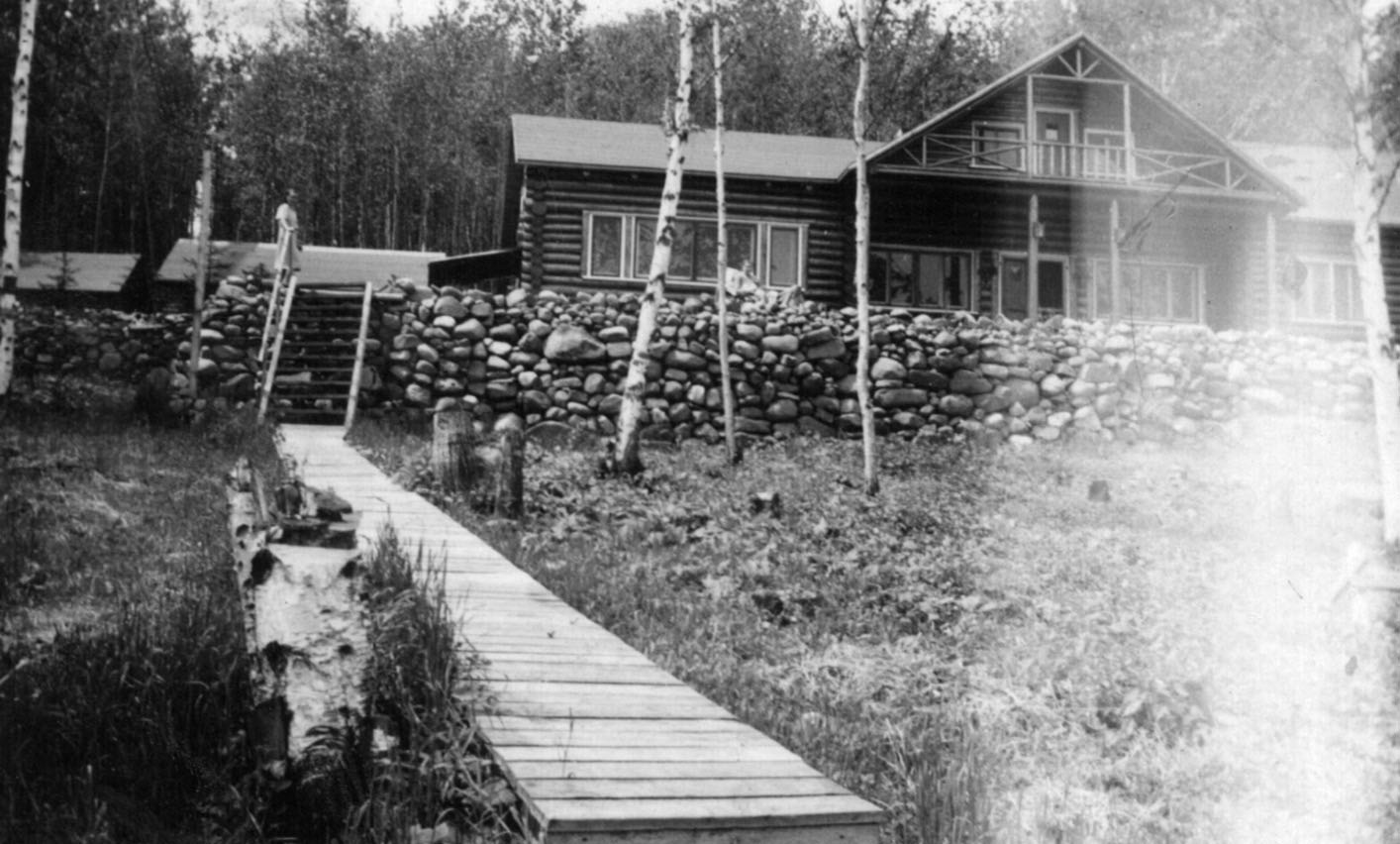
Home to the Anishinaabe people for many generations and farmed mainly by Finnish settlers, early 20th-century Red Rock was a small, remote and rural community of widely spaced farms that raised root crops and hay, and cut and sold firewood, with residents who hunted and fished and enjoyed the occasional Saturday night out at a dance. That quiet lifestyle got a bit of jolt when the Lake Sulphite Pulp and Paper Company purchased land to construct a paper mill and accompanying town site.
Construction of the mill began in spring 1937, where workers with teams of horses cleared the land, tree by tree. Simultaneously, the Canadian National Railway (CNR) surveyed land alongside Lake Superior to create a spur line to the mill site, and tracks were laid that summer. The CNR also built bunkhouses on the lake for construction workers, allocating one building as a makeshift hospital and another as a theatre.
Construction of The Lodge at Red Rock
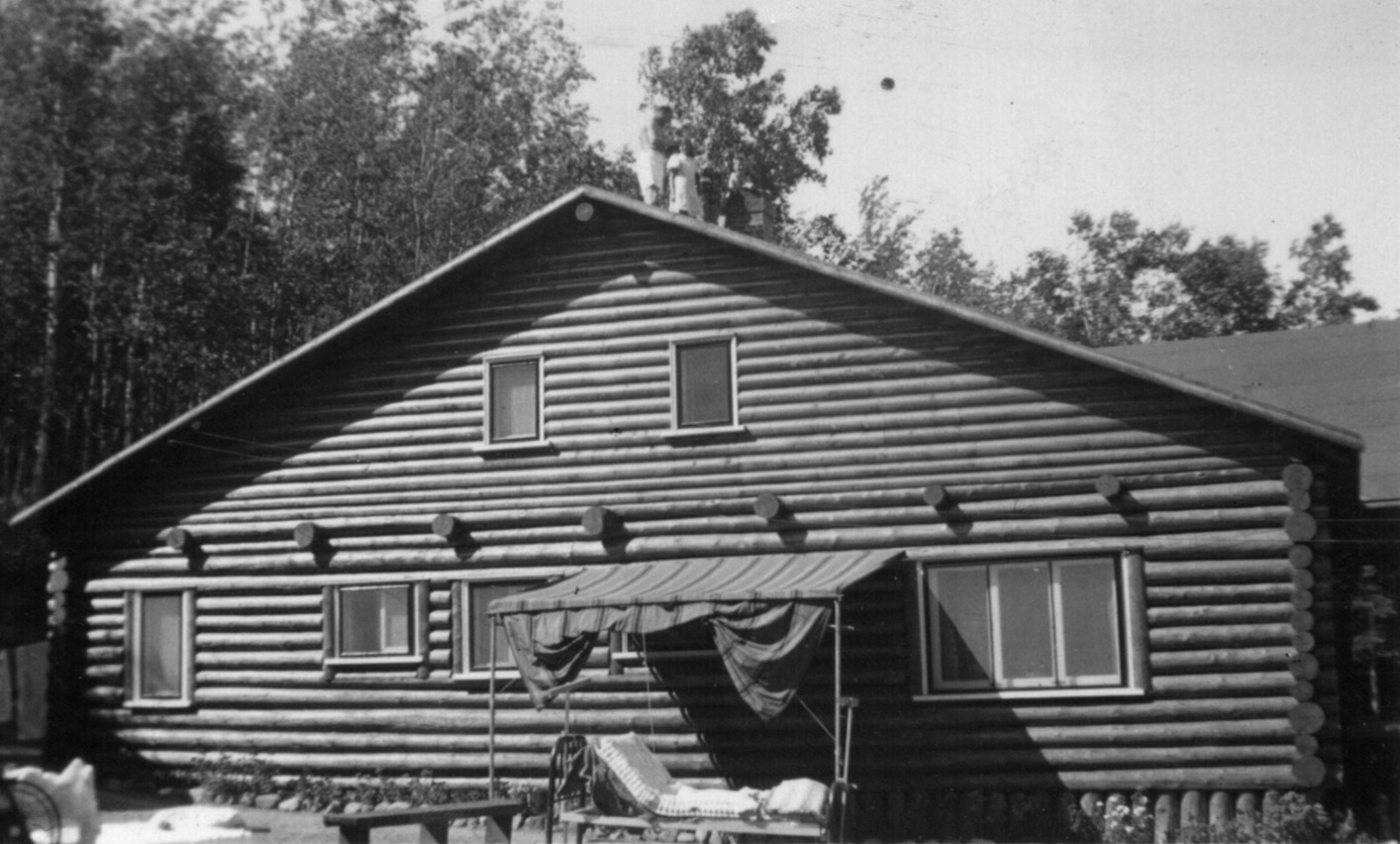
The construction of the Lodge began in 1937 as well, using locally felled trees to build the two-storey structure with sweeping views of Lake Superior. The Lodge was built for $50,000, which is the equivalent of about $1 million today. John Stadler was tasked with creating the engineering drawings for the Lodge as well as other buildings on the town site, says current Lodge manager Emily Crack. Those drawings were rescued from the mill’s administration building before its 2017 demolition. “They were tucked in a vault there. And they are falling apart and very delicate, but it’s really neat to read some of the notes he has in there,” she says.
Carefully hand-drawn and -ruled in pencil, the Lodge plans show a spacious 30 x 25-foot central living room with a massive stone fireplace and high ceiling; a wing with four bedrooms that share two bathrooms; two other bedrooms (also with a shared bathroom), each with smaller fireplaces that are part of the construction of the central fireplace; a veranda and a dining room with lake views; a kitchen and pantry; and upstairs, a small “houseman’s” bedroom, bathroom and service entry stairs, reflecting requirements for live-in staff to assist the guests and see to the maintenance of the building. All the colourful bathroom tilework was completed in the style of the day, with one yellow bathroom, one blue and one green, with quirky period details like a slot in the wall to deposit used razor blades.
The Depression and the War Years
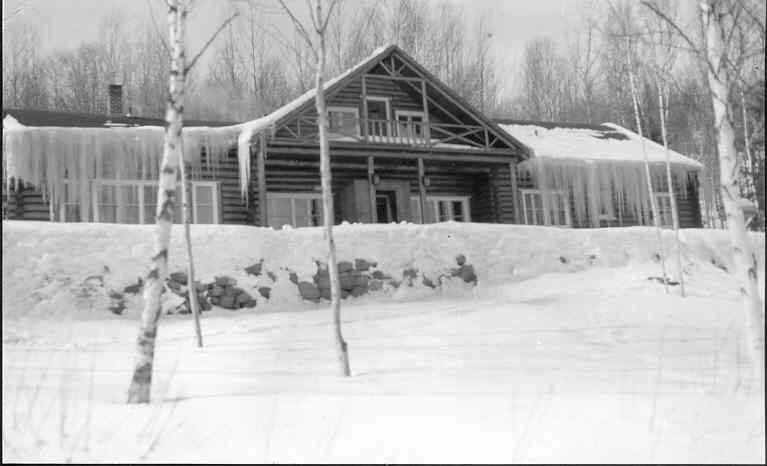
These ambitious projects of the mill and town site, operating in the depths of the Great Depression, were quickly brought to a halt when the company went into receivership. The abandoned mill site was even used as a barbed-wire-encircled POW camp for German prisoners for an 18-month stint in 1940-41. It appears that the Lodge, however, was completed, or nearly so, before the company shut down, and the Hurter family moved in. Mr. Hurter was the general superintendent at Lake Sulphite Pulp and Paper, and when the operation went bankrupt, he remained in charge of the mill site.
A local resident, 15-year-old Kerttu Matson (going by the first name “Gert,” the English version of her Finnish name) went to work for the family in 1938. She landed the job after her dad Leonard, who in addition to homesteading was also the caretaker of the Red Rock Inn, heard that that family was looking for household help. Gert’s daughter Hedy Koski says that her mom enjoyed her time at the Lodge and worked for the family for eight years, and remembers that Gert also helped care for one of the Hurter children, who used a wheelchair after a childhood bout with polio.

Notes from an interview the Red Rock Historical Society conducted with Gert say that while living at the Lodge, Mrs. Hurter entertained a lot to raise money for the war effort, drawing on her European sophistication (she was raised in Switzerland) and inviting prominent people from Thunder Bay. Photos of the time show Gert posing with the family and incongruously clad in a formal maid’s uniform complete with starched white collar and cuffs and ruffled apron against the backdrop of the cabin and surrounding wilderness. When the Hurter family eventually moved to Montreal later on during the war, Gert accompanied them, living with them and working at their house after her shifts at airplane and munitions plants. After Gert married Alec Cantley, they moved from Montreal to Red Rock (and even named Hedy after Mrs. Hurter) and after her death in 2021 her celebration of life was held at the Lodge.
The Lodge at Red Rock as a Wilderness Retreat
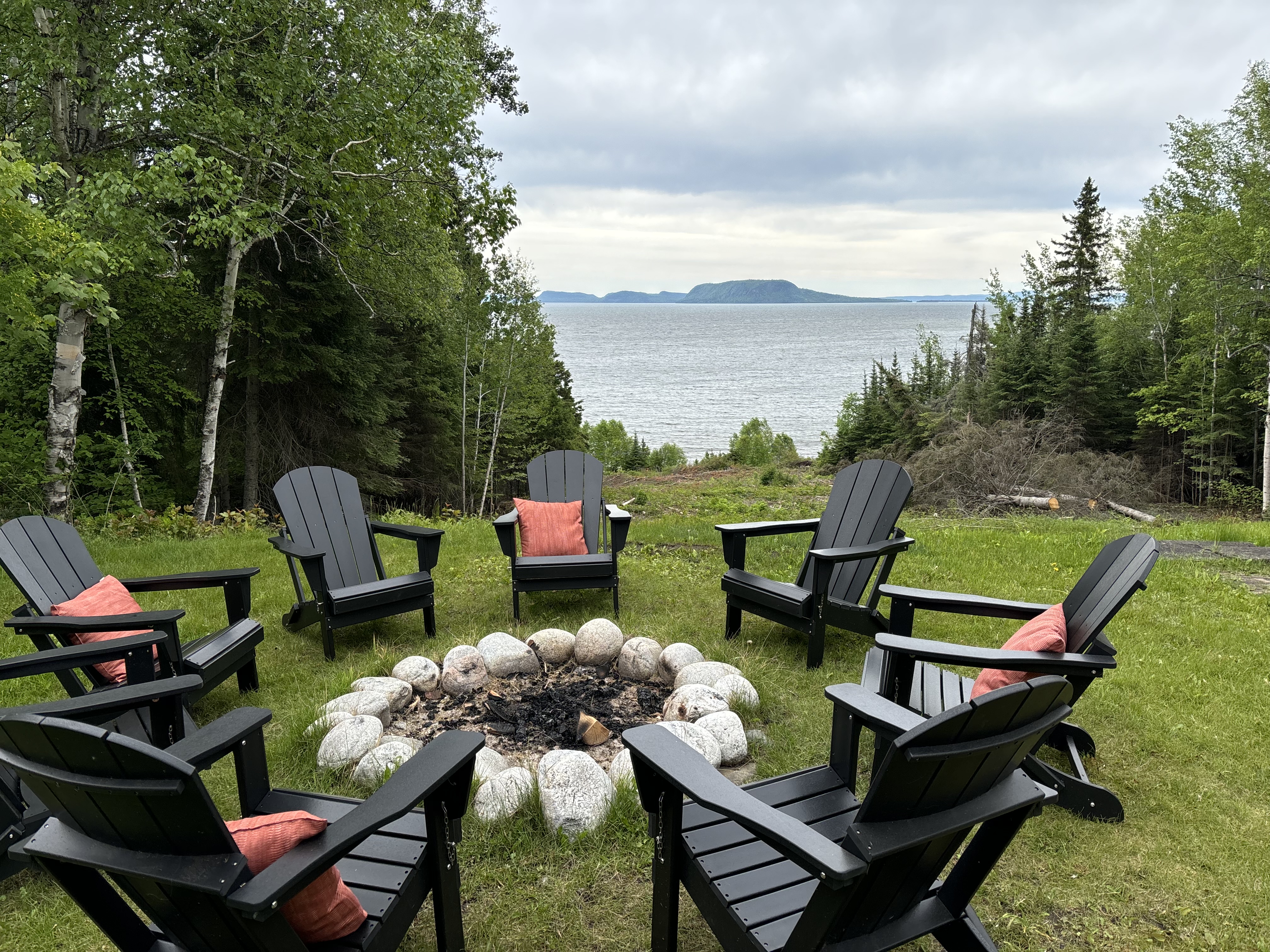
In the post-WWII years, the mill was built, along with the town of Red Rock, which grew and thrived for several decades. The mill changed ownership a number of times but the Lodge continued to operate as a perk for mill executives. One can easily picture happy guests relaxing on the veranda, getting a cocktail at the living room bar and telling fish stories by the fireplace. Social events were hosted at the Quebec Lodge as well and an invitation to a function at the Lodge was considered a special occasion. The final corporate owner of the mill was Norampac, which closed down operations at the mill in 2006, leaving the future of the Lodge up in the air. Fortunately, the Lodge was purchased in 2007 by Ray Rivard who ran it until 2023 as a bed-and-breakfast that mainly catered to anglers who came to fish with acclaimed guides at the world-famous Nipigon River (home of the 1915 world-record-setting brook trout) and other area waterways. Over the years, with assistance from Ontario's Superior Country, the Lodge also hosted professional anglers from fishing shows such as The New Fly Fisher, The Canadian Experience (A Lindner Media Production), and Angling Buzz, a practice that continues to this day.
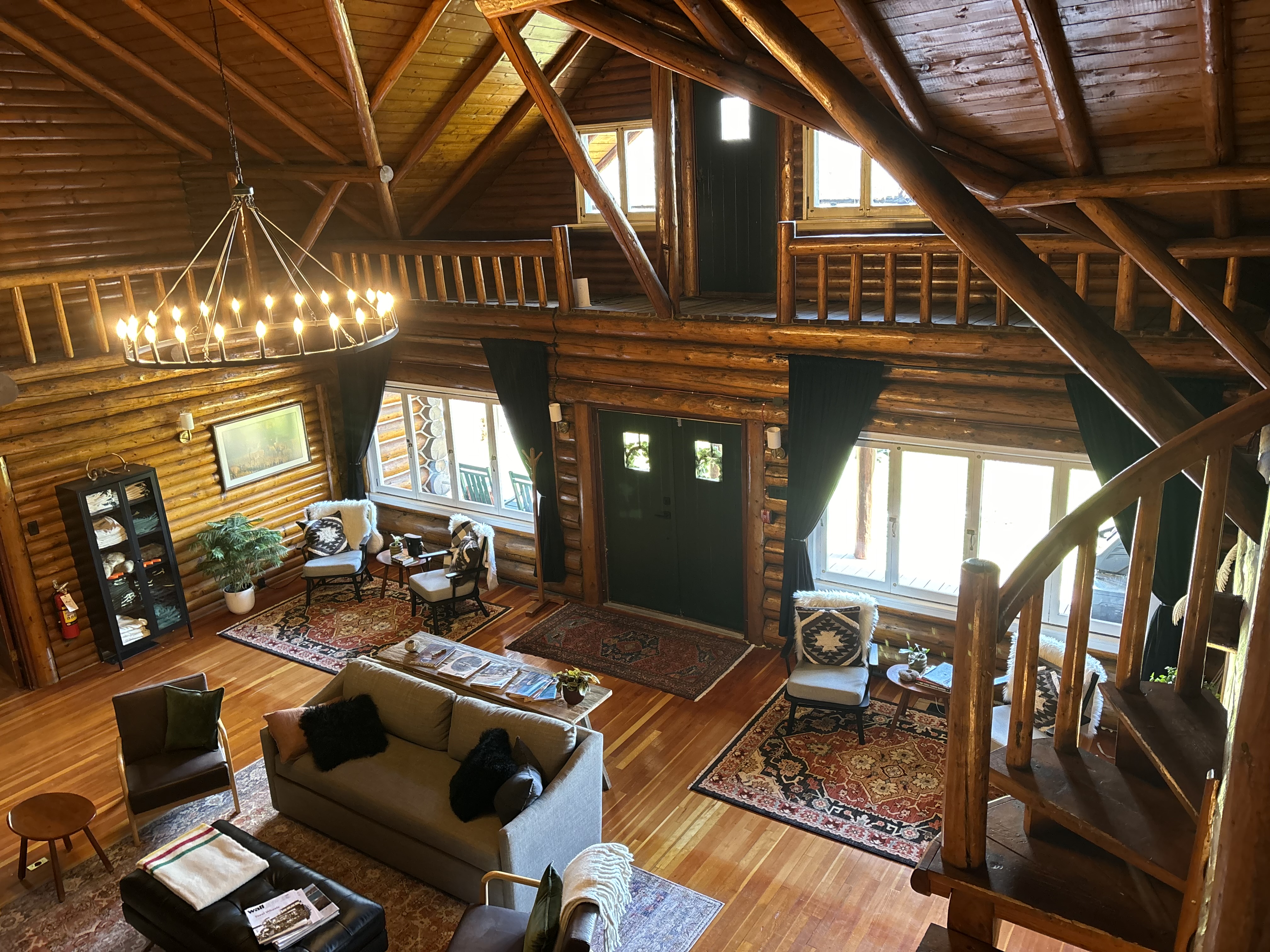
New owners reopened the Quebec Lodge in 2024, renaming it The Lodge at Red Rock and giving it décor and functional updates to make sure guests were comfortable while maintaining the authentic lodge aesthetic. The rooms are now named after local fishing spots like The Ruby, The Frazer and Gapen’s, but in addition to anglers on guided trips it also draws artists, outdoor adventurers, music festival-goers and photographers who wish to soak in the North Shore’s spectacular natural beauty. So in many ways, that eagle’s-eye view—and the happy guests— remains unchanged.
With thanks to Marilyn Young of the Red Rock Historical Society, Hedy Koski and Emily Crack
Recommended Articles

10 Reasons to *NOT* Travel the Lake Superior Circle Tour
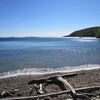
Canoeing the the Slate Islands near Terrace Bay

6 Amazing Facts About Red Rock, Ontario
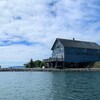
11 Things to Do in Silver Islet, Ontario

Incredible Fishing at Dog Lake Resort

Best Roadside Picnic Spots in Northern Ontario
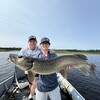
A Father and Son Tradition at Miminiska Lake Lodge
Hikes, Bites and Sights on the North Shore of Lake Superior

A Day Tripper's Guide to Nipigon
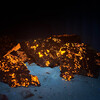
Hunting for Yooperlites Along Lake Superior







